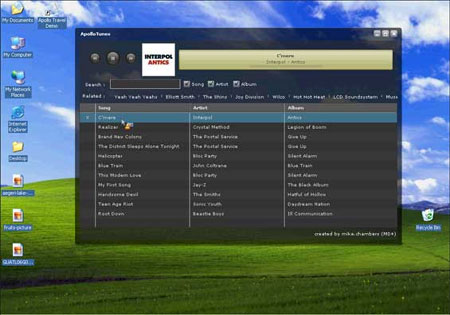Alex Willingham, Jason Pratt and Mike Gemmell of Autodesk have launched Connected, a blog focused on digital collaboration within the AEC space. Hopefully the presence of three authors will not only ensure a steady flow of new content but also inspire some debate. Plus their positions inside of Autodesk will no doubt provide readers with an insight to where the company itself will be heading when it comes to online collaboration. So far nothing too juicy has been posted although Software as a Service looks like it will become a strong theme, not only in the blog but in the manner in which the authors will be working:
David Harrison's musings on collaboration and I.T.
thesis
Various pieces of writing from undertaking my PhD thesis entitled "Building Digital Bridges - Improving digital collaboration through the principles of Hyperlinked Practice". I undertook this research at Victoria University of Wellington between 2004 and 2010. My primary supervisor for this thesis was Michael Donn.


